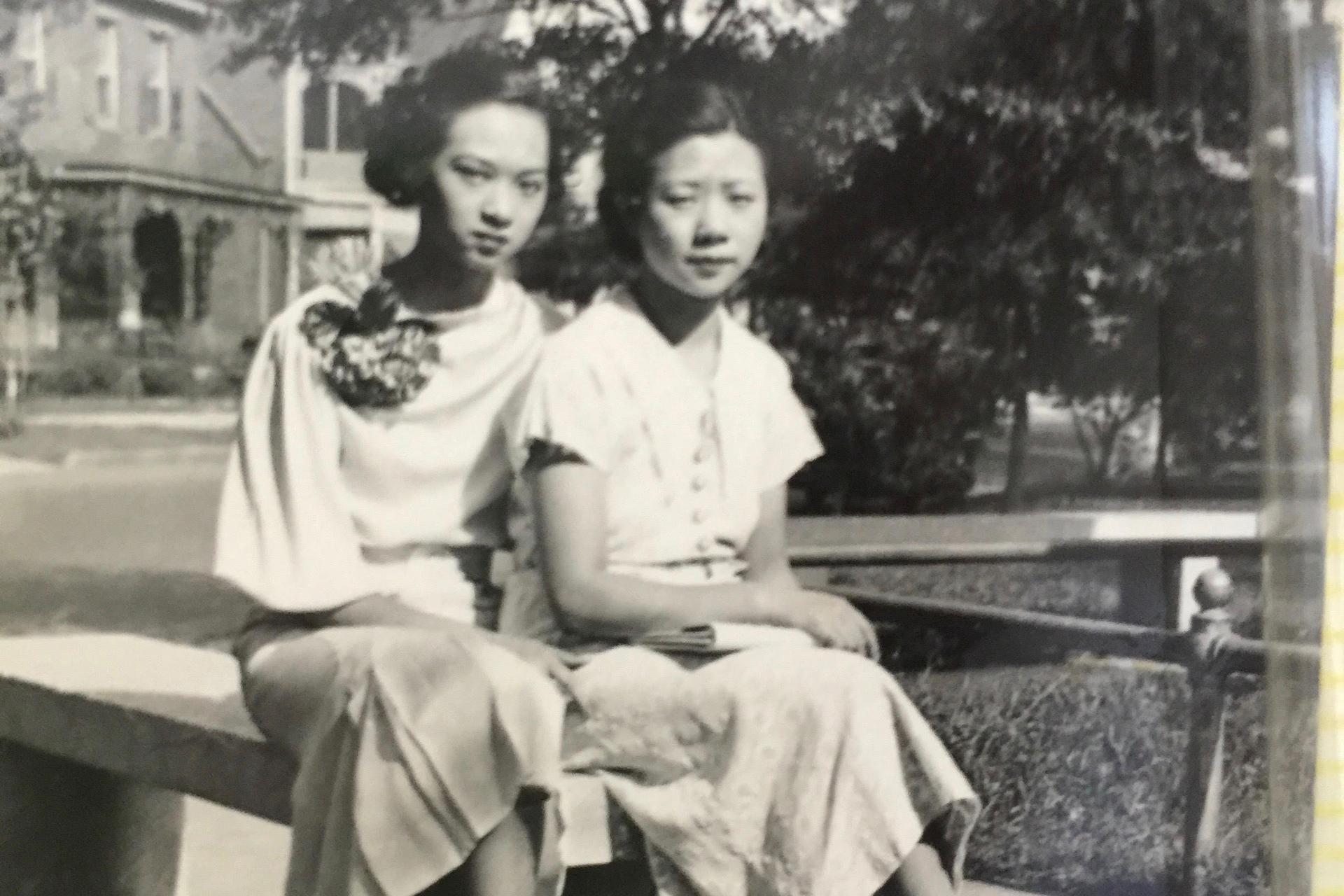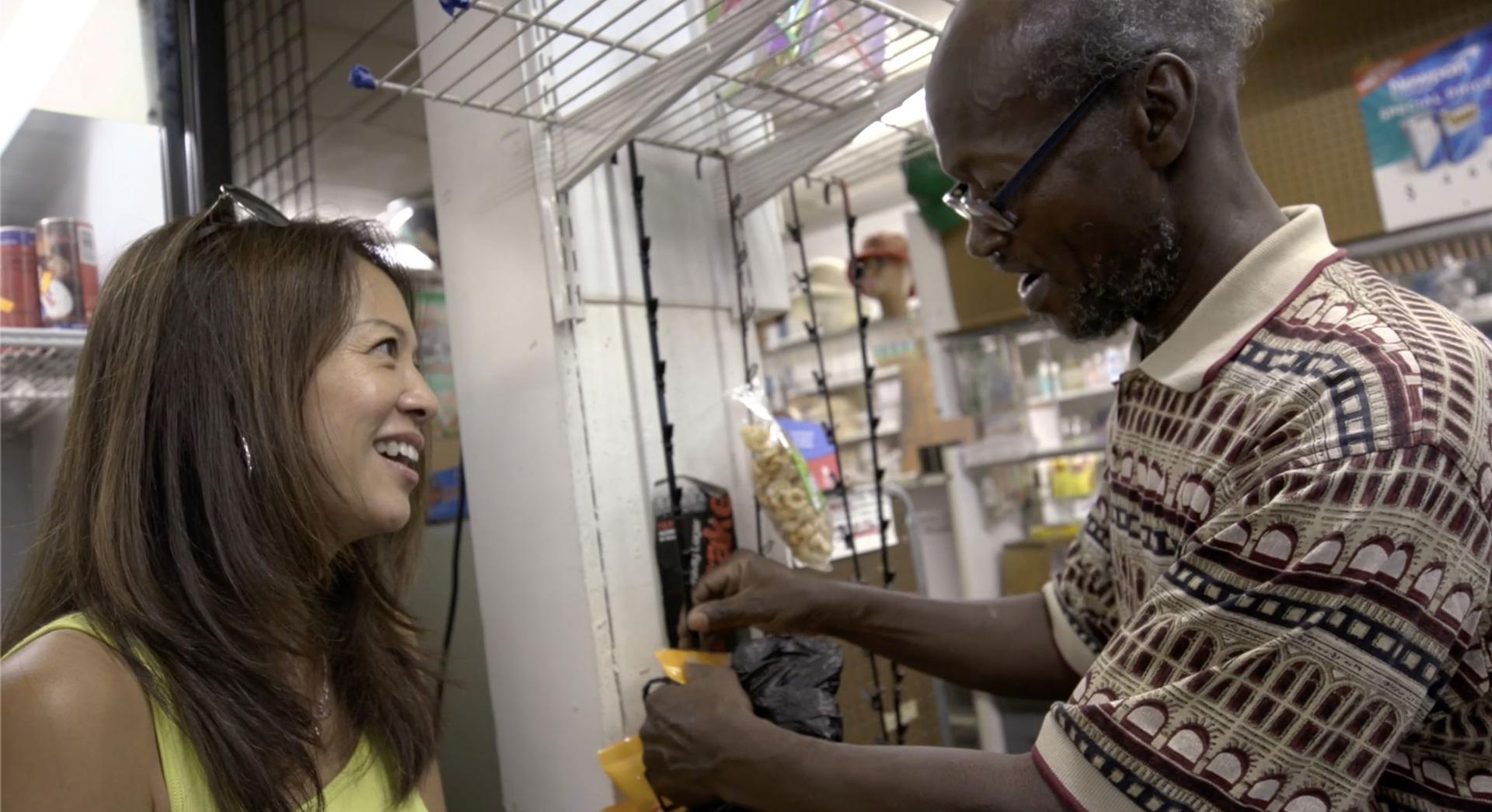In the American South during the Jim Crow era, Chinese-run grocery stores were a fixture in segregated Black neighborhoods.
Crystal Kwok is the director of a new documentary, “Blurring the Color Line,” in which she outlines her family’s experience in Augusta, Georgia, and the relationships between Chinese Americans and Black people during that time.

The World’s Rebecca Kanthor sat down to speak with Kwok about her film.
Rebecca Kanthor: Why did you start the film with the question of where Chinese Americans sat on segregated buses during Jim Crow?
Crystal Kwok: I visited the Rosa Parks Museum in Alabama and I decided to kind of take my phone and just randomly ask people. I asked several people outside the museum. And it was interesting. They just had no idea, because this question never popped up. It never occurred to people that there were non-Black and [non-] white people on the segregated bus.
How did that question lead to your documentary, “Blurring the Color Line”?
It started off as a very personal project of mine because I was very close to my grandmother growing up. She had this very thick Southern accent. And she would tell me stories, including how she ran away and how she slowly took money to plan her trip to run away. She was about 17 at the time and running away from the segregated South. But as I started to do my research going to Augusta, Georgia, and, you know, learning about the racial history, I realized that there was a much bigger story of race relations between the Chinese and Black community. And so, it started shifting into something much bigger and much deeper.
In history books, we don’t read much about Chinese Americans in the segregated South.
We’ve been othered in such ways that it’s like the default mode for people to assume that we are not a part of a legitimate American history. History is produced by the people in power. We don’t think about things on the margins. It’s reduced to, “OK, which fountain did you drink from the white fountain or the Black fountain?” “Where did you sit on the bus?” or “How did you enter the theater?” And so, you know, we get so reduced to these binaries.
How integrated into the Black community were the Chinese-run grocery stores?
The white community, at that time, they didn’t want to do business with the Black people. So, that’s how the Chinese stepped in. Slowly, slowly, these families, including my grandmother’s family, they left from San Francisco over to Augusta, Georgia, to join this small, but very strong, community of Chinese grocers. The Chinese allowed the Black customers to pay with credit, meaning a lot of times, they didn’t get their paycheck until the end of the month, and they were allowed to sign off and just take things home. So, between storekeeper and customer, yes, it was friendly. But at the same time, I think the Black community recognized there was a power structure. In my family, they were friendly, but they kept their distance. They were not allowed to become friends or even associate with any of the Black neighbors. Whereas in some cases, which I discovered, the ones who allowed their kids at the time to play with their Black neighbors, this all played out during the riots, the big 1970 race riots.
How did it play out during the 1970 riots?
There was a huge protest and a riot. You know, it was just kind of like complete destruction mode, really. So, most of the stores were devastated at that time. There were two stores that stayed untouched. They were the ones who had relationships, who had friendly relationships with their Black neighbors. They were friends. And the Black community would validate. They said that they remember telling the protesters, the rioters, they said, don’t touch this store.
Why did you think that it was important to put so much attention on structural racism in the film?
As much as I wanted to stage my story around Chinese and Black community voices, you know, the stories about them, but the foundation of it is the white supremacist structure that brought these two marginal communities together in the first place. I love this analogy: white supremacy isn’t the sharks in the water, it’s the water.
In the film, there are many uneasy moments as you unpack with your family the prejudice that led to tensions between the Black and Chinese American communities back then. Why did you decide to keep some of these uncomfortable moments in the film?
I want people to leave with questions. I want people to have uncomfortable conversations at home. I think we don’t do enough of that.
This interview has been lightly edited and condensed for clarity.
Sign up for our daily newsletter
